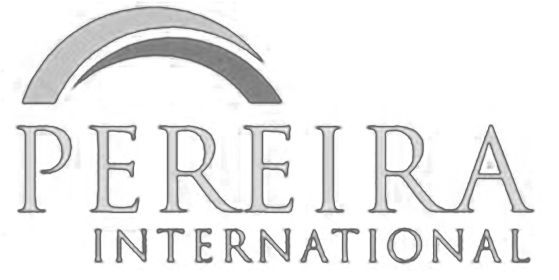Trade issues top agenda for Viet leader’s first US trip
But President Triet will also hear of ‘deep concern’ over human rights issues.
VIETNAMESE President Nguyen Minh Triet has arrived in the United States on a six-day official visit, the first by the country’s head of state since the end of the Vietnam War in 1975.
The trip highlights the deepening ties between the two former foes, underscoring America’s desire to maintain Vietnam’s economic growth and its increasingly important role in South-east Asia as a counterweight to a rising China.
Human rights issues will certainly colour the visit but will not cast a cloud over it.
Indeed, a slew of agreements are expected to be signed, the most significant of which could pave the way for a free trade pact.
“This trip is important because it shows continuity of high-level contacts between both countries,” Ms Virginia Foote, president of the US-Vietnam Trade Council, told The Straits Times.
“This is the first state visit by a Vietnamese leader after normalisation, which takes the relationship to a different level.”
Ms Foote revealed that a trade and investment framework agreement would be concluded to expand bilateral trade and resolve disputes, offering the prospect of an FTA down the road.
On Monday, Mr Triet, whose first stop was in Wall Street, signed a memorandum of understanding between the New York and Ho Chi Minh stock exchanges. Several other deals are in the offing, covering the energy, financial services and telecommunications sectors. State-run Vietnam Airlines and Boeing are also negotiating aircraft contracts.
For Vietnam, the main purpose of the trip is to draw trade and investment – a point made by Mr Triet in interviews with US journalists prior to his visit.
Hanoi has been concerned that American investment still lags as bilateral ties have developed. Today, two-way trade is worth US$9.7 billion (S$15 billion).
The US is the biggest export market for Vietnam but remains only its 11th largest foreign investor.
Washington ended a trade embargo in 1994 and established diplomatic relations with Vietnam the following year. With strong support from Washington, Hanoi joined the World Trade Organisation last January.
Noted South-east Asia expert David Steinberg of Georgetown University: “It is clear that Hanoi wants the imprimatur of the US to get plugged in even further in the international community.”
But securing that imprimatur will not be easy. Mr Triet, who meets President George W. Bush today, is bracing himself for criticism of Vietnam’s human rights record.
US officials have already indicated that Mr Bush will express his “deep concern” over a series of arrests and trials of dissidents in the communist country. Hanoi released two prominent pro-democracy activists shortly before the trip to ease concerns.
Two other issues stand in the way of a smoother relationship.
One is the spraying 30 years ago during the war of an estimated 70 million litres of the herbicide Agent Orange to defoliate the jungles where communist soldiers were hiding. Vietnam says three million people have suffered health problems.
The other is American POWs in Vietnam. Reports indicate that 2,079 Americans are still missing.
But these issues are unlikely to stop the momentum towards a closer relationship.
For the US, broader strategic imperatives are at play. Washington has increasingly recognised Vietnam as one of several countries in the region that can balance Chinese power.
As a consequence, it has approached Hanoi about developing bilateral security cooperation, including possible arms sales.
Vietnamese officials are also now eligible to attend the US International Military Education and Training programme.
There is also agreement to establish a channel for intelligence sharing on terrorism and international crime.
But Vietnam, while valuing a US role in balancing China, is cautious in supporting a full containment policy as Hanoi also seeks to build bridges with Beijing. Mr Triet visited China last month.
Clearly, Vietnam is unlikely to predicate its strategic choices on formulations made by the Pentagon.

